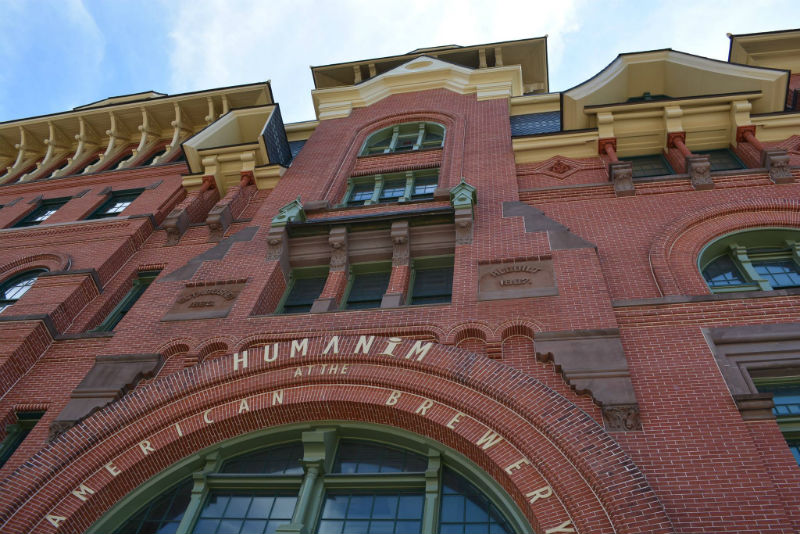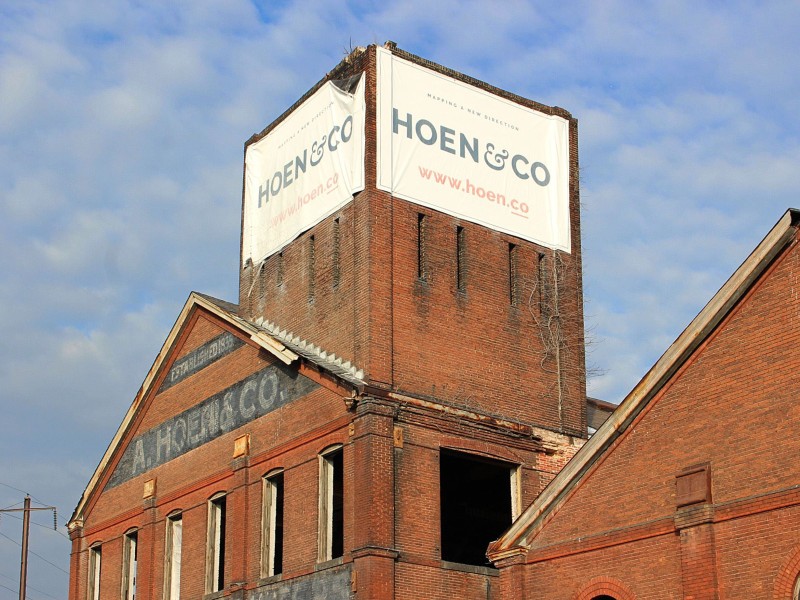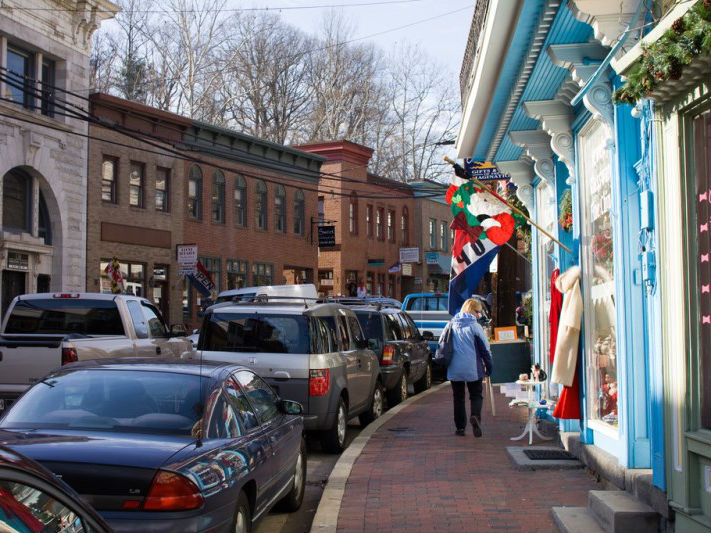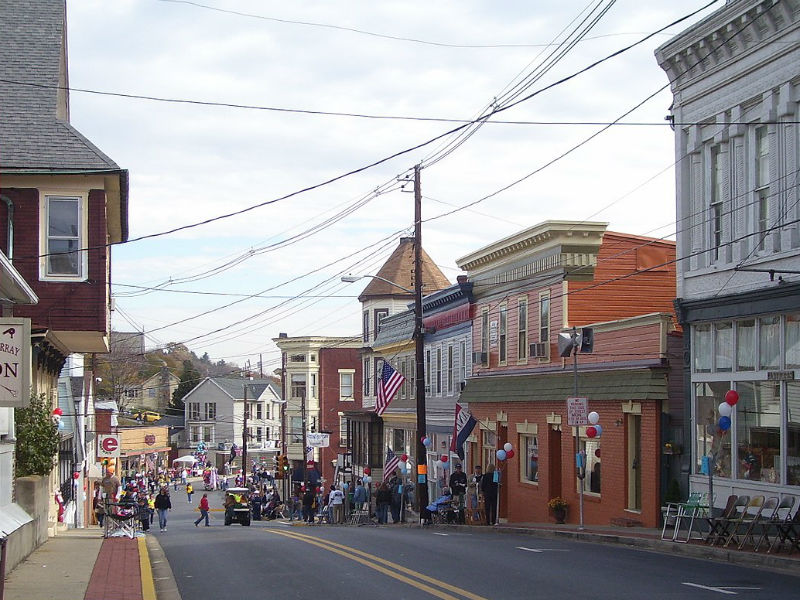Last week Maryland State Comptroller Brooke Lierman’s office released a first-of-its-kind economic analysis that highlighted the state’s economic difficulties and stagnant growth since 2016.
The topline, perhaps most concerning figure is the fact that from the fourth quarter of 2016 to the first quarter of 2023, Maryland’s economy grew at just 1.6 percent – compared to the 11.6 percent growth of nearby Virginia and 6.6 percent Pennsylvania experienced during that same period. By every measure, Maryland’s economy seems to be lagging behind its regional and national peers.
Equally concerning was the report’s finding that the “low availability of affordable housing for lower and middle-income households appears to be the primary driver of cost of living and migration trends.” The lack of quality affordable housing isn’t just putting a strain on budgets – it’s driving Marylanders to move elsewhere.
Even with this gloomy economic data, Maryland still enjoys some of the lowest unemployment in the nation and is a major center for biotech, pharmaceutical, and federal investments. Additionally, the state enjoys a wealth of natural and cultural resources – but often lacks a clear strategy in utilizing these resources to grow the economy.
How Can Preservation Address Any of This?
The Moore Administration has suggested that the key to future economic growth in Maryland will come from empowering the private sector to take advantage of the state’s unique assets, location, and resources. The administration has also suggested that the state’s anemic economic growth is a result of often being asset-rich and strategy-poor.

When it comes to assets and opportunities to empower the private sector – rehabilitating and reusing buildings, with a focus on affordable housing, could be a major area of economic opportunity for the state.
Maryland’s Historic Revitalization Tax Credit is a readymade tool poised to prime the pump for growth across the state. The program provides a 20% credit to qualified historic rehabilitations – a critical need as Maryland evolves and adapts to a post-COVID reality.

Since its establishment in 1996, the program has resulted in a well-documented multi-billion-dollar positive return on investment for the state. Multiple studies have found that for every dollar the state invests, nearly $8 dollars in private investment follows. Additionally, the credit creates permanent, well-paying jobs, and significantly increases local property tax revenue.
The program, administered by the Maryland Historical Trust (an agency of the Maryland Department of Planning), includes a homeowner component, a small-commercial or “Main Street” credit, and a large-commercial credit for projects that tackle the rehabilitation of significant structures. Unfortunately, both the small-commercial and large-commercial credits have been significantly underfunded over the past decade.
In the most recent state budget, the large commercial credit was appropriated at $22 million. In comparison, Virginia provided nearly $100 million in state credits to incentivize similar rehabilitation projects. From a per capita perspective, Maryland invests just $3.24 per resident compared to Virginia’s $12.50 or nearby West Virginia’s $16.83. As a result, our state is consistently losing business to our neighboring, faster growing states.
Investing in the Maryland’s Historic Revitalization Tax Credit would:
- Attract and capture increased private investment,
- Rehabilitate vacant, underutilized, and blighted buildings,
- Build more quality affordable & mixed income housing,
- Grow local property tax rolls at a time when counties need every dollar.

What Kind of An Economic Impact Could This Make?
In the past year, nearly $60 million in shovel-ready rehabilitation projects requested credits from the program – but just a third was able to be funded. As a result, nearly $200 million worth of projects did not advance. When the 8:1 economic impact of the program is considered – this represents more than $1.6 billion worth of lost economic activity for Maryland.
Moving Beyond Tax Credits
Historic tax credits are one of the simplest tools the preservation community has at its disposal to quickly increase economic activity – but there are a multitude of other tools capable of making big impacts:
- Increased Investment in Maryland Main Streets

The state’s Main Street program is a critical tool for incubating small businesses and activating small towns and city streets. Dedicated funding for the program, which is a proven tool for small business creation, has trailed behind the need for decades. New tax credits, innovative funding pools, and increased technical & financial assistance for small businesses could all accelerate this unsung hero of local economic development.
- Targeted Investments in Maryland State Parks
The Great Maryland Outdoors Act made a huge impact – but there’s so much more work to accomplish. From restoring historic structures to trail building to opening new parks – investments in our parks aren’t just good for our citizen’s health – it’s also a proven way to spur the outdoor recreation economy. The state can’t go-it-alone, so there should also be effort put into enabling and encouraging sustainable partnerships, fostering small business incubation opportunities in and around parks, and exploring opportunities to engage the private philanthropic sector in this effort. These innovations and investments would accelerate economic growth and activate the parks for the next century.

- Support for Heritage Tourism
The Maryland Heritage Area Authority and its 13-certified state heritage areas are a powerful tool for local economic development. Heritage tourists stay longer and spend more than almost any other category of tourists. Funding for the program is supported by the state transfer tax revenue – and additional funds could be used, in part, to expand opportunities for local partnerships that help incubate and grow small businesses engaged in heritage tourism. Unleashing the private sector must be part of the state’s tourism strategy – and growing the heritage tourism industry must be part of the calculus.

- Support for Historic Trades Apprenticeships
Late last year, the Maryland Department of Labor, Licensing and Regulation approved a first-of-its-kind apprenticeship program for historic trades – those necessary to rehabilitate a historic structure. With the National Park Service’s Historic Preservation Training Center located in Frederick, the state could quickly establish itself as the national center for this type of training and careers– just like it has for many other growth industries. Recent studies have shown there are tens of thousands of new tradespeople needed to help address the nation’s growing need for rehabbing older buildings and Maryland could easily become the center of this activity.

Prosperity through Preservation
There are no easy answers when it comes to solving big economic challenges – but every industry, organization, and community should feel called upon to do their part.
Preservation can’t solve every problem – but we can play a compelling and substantive role in addressing some of the persistent economic challenges facing our state. From rehabilitating older buildings to attracting heritage tourists and tradespeople, Maryland is rich with resources – it’s our job as preservationists to present and advocate for a cogent strategy capable of meeting this latest challenge.

